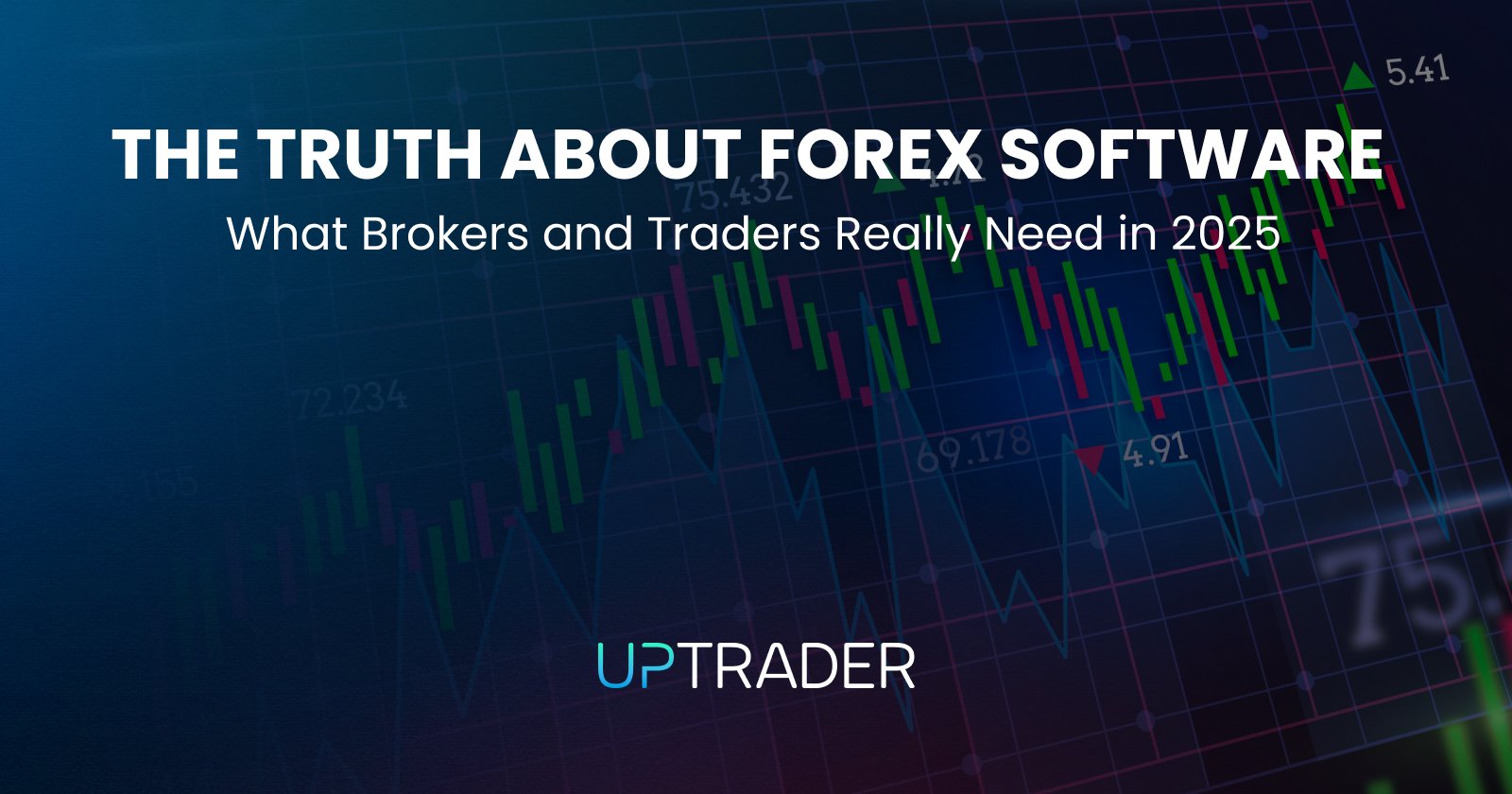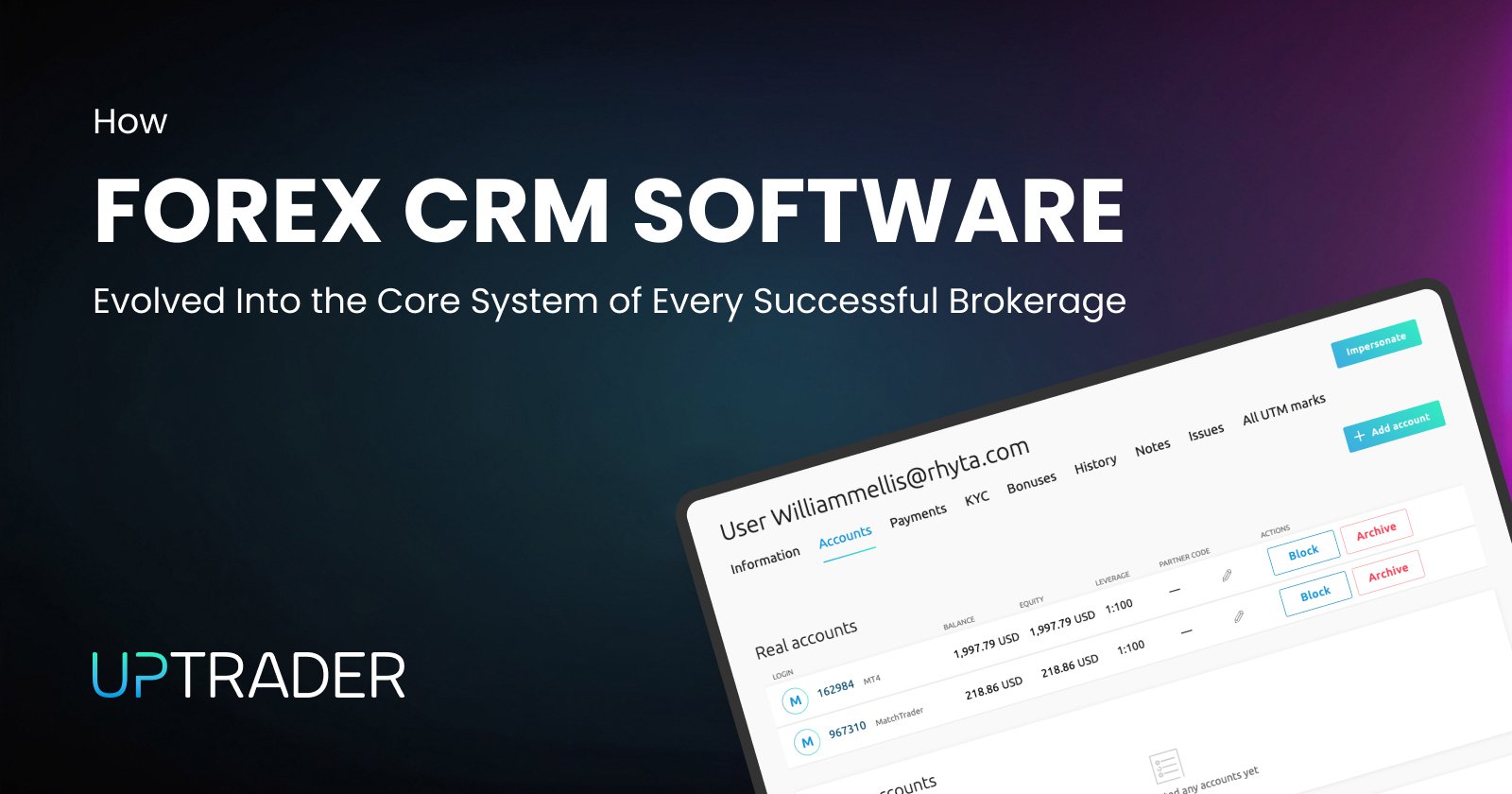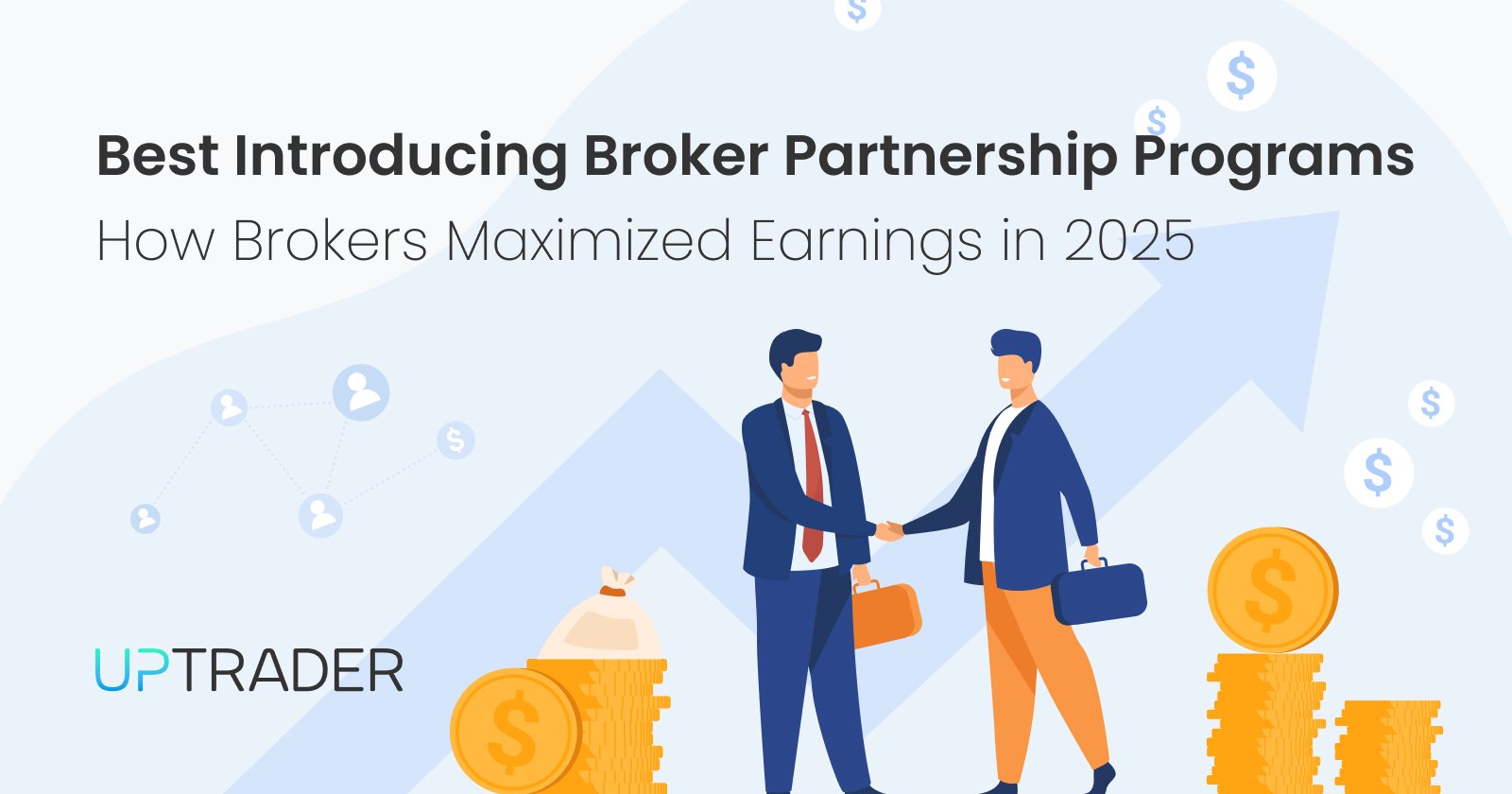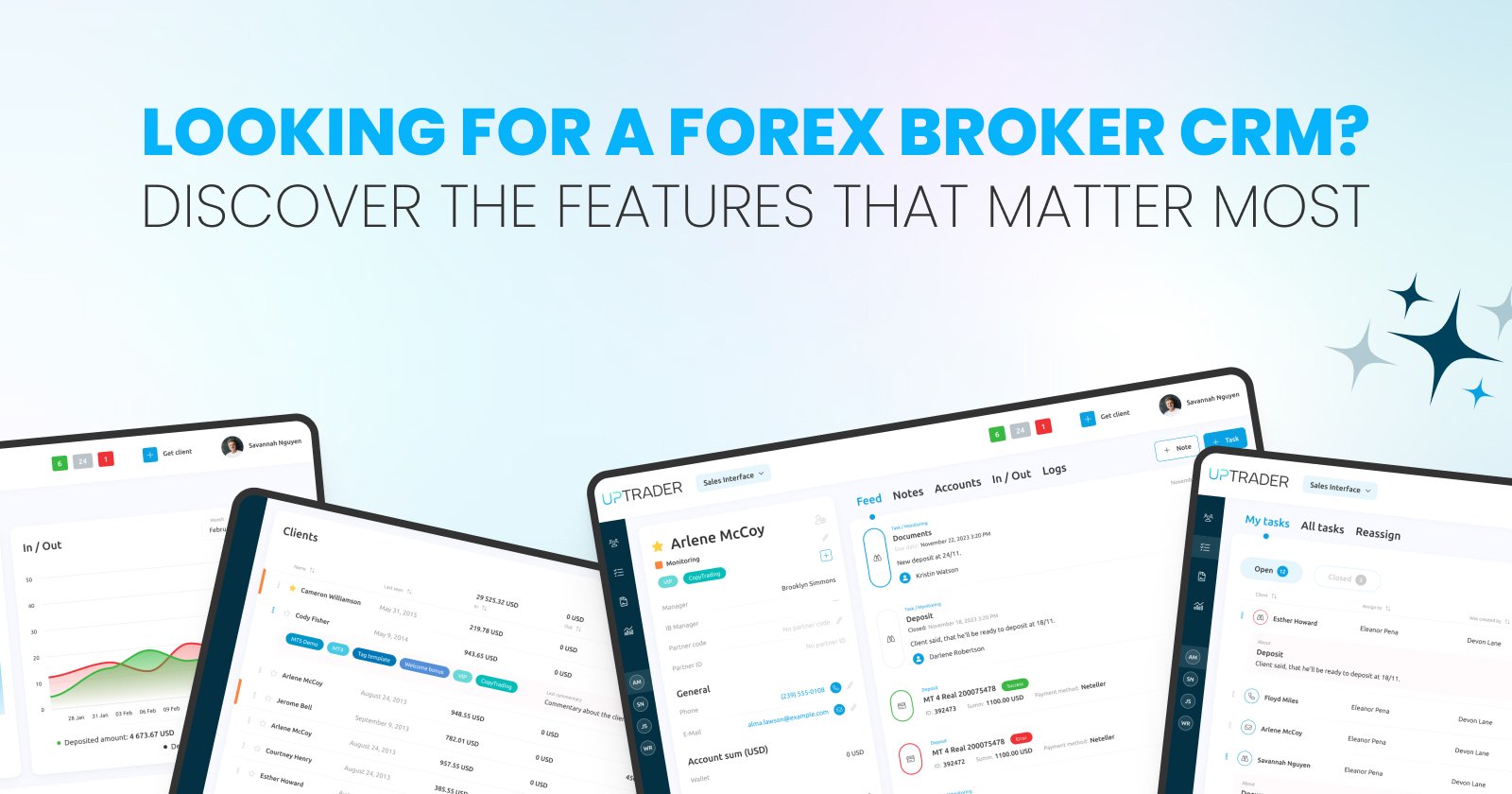The Truth About Forex Software: What Brokers and Traders Really Need in 2025

Share this publication:
As a broker, you want a Forex Software that simply works — not another shiny dashboard that breaks at peak hours, or a platform that obliges you to stitch ten vendors together just to accept a deposit. In 2025 the market has matured fast: winners are the products built around real workflows, security, and measurable performance. Below we’ll walk you through what actually matters for brokers and traders, what’s changed since earlier years, and how to pick software that helps you scale with confidence.
Start With Outcomes, Not Features
You don’t need a long spec sheet — you need results. Ask yourself: do you want faster client onboarding, lower operational costs, better client retention, or a safer regulatory posture? When you define the outcome first, the right software becomes obvious: a platform that shortens onboarding and reduces manual reconciliation will look very different from one built for ultra-low-latency market making. The rest is implementation detail.
The Big-Picture Changes Hitting Forex Software In 2025
Three shifts define the market now:
- Platform consolidation and migration — TP5’s momentum continues: more new accounts and broker deployments are moving to TP5, and vendors are rebalancing around it. This matters because your choice of core platform affects integrations, regulatory options, and developer availability.
- Cloud-first operations with security scrutiny — Financial Services has embraced the cloud for new systems. However, regulators and risk teams require documented systems controls, systems resilience, and protection of third-party systems. Anticipate your cloud deployments needing SOC/ISO documentation and clear architecture diagrams.
- Feature convergence: CRM + trading + social + payments — Broker software is no longer “just an OMS” or “just a CRM.” The winners bundle trader rooms, IB management, payments, and social/copy trading into a coherent product so data and accounting are consistent. That reduces reconciliation friction and speeds decision-making. (You’ll see this pattern across modern vendor roadmaps and broker case studies.)
What Brokers Must Demand (Your Must-Have Checklist)
You’ll hear claims from vendors — measure them against concrete requirements. Here are non-negotiables.
1. Proven Integration With Your Execution Stack
If you run TP4/TP5, cTrader, DXtrade, or a proprietary engine, the CRM/back office must demonstrate real connections (FIX logs, sample sessions, and runbooks). Integration is where projects blow up; don’t accept a whiteboard promise. Vendors that publish connector docs and case studies are safer partners.
2. Real Security And Compliance Evidence
Ask for SOC 2 or ISO 27001 reports, data-retention policies, and how they handle encryption in transit and at rest. Cloud deployments are normal, but misconfigurations cause most breaches — so require architecture reviews and third-party pen-test summaries. Having unambiguous third-party oversight is the business risk regulators expect.
3. Automation For Onboarding And Kyc/Aml
Manual KYC slows conversions. Look for identity verification integrations, automated document workflows, and anti-money-laundering hooks that produce audit trails. The more automated processes your compliance and ops teams have, the quicker you can scale
4. Robust IB/Affiliate And Commission Engines
If affiliates are part of your growth, the CRM must support hierarchical commission splits, retroactive adjustments, and accurate reporting for payouts and tax. Spreadsheets here are a dead end.
5. Exportable Audit Trails And Easy Data Portability
You must be able to export full audit logs, trade histories, and payment flows. This makes audits bearable and gives you a real exit strategy if you ever switch vendors.
6. Production-Grade Copy Trading (If You Offer It)
Copy trading is mainstream — but quality varies. Native copy solutions that live inside the trading platform or vendor modules that integrate cleanly with your matching engine will give better performance and fewer reconciliation headaches than bolt-on marketplace hacks. Test for fairness of execution and latency differences between leader and follower trades.
What Traders Need — And How Brokers Should Deliver It
You worry about the trader experience because it drives retention. Traders are impatient and mobile-first. Give them:
- Fast, frictionless deposits and withdrawals — local methods matter in many regions. APIs to payment providers and clear status updates reduce support tickets.
- A usable mobile “trader room” — not a shrunken desktop UI. Traders expect wallet management, account switching, and basic analytics in the app.
- Transparency and verified performance for copy trading — leader performance must be third-party auditable. Traders vote with deposits when data is clear.
- Useful analytics, not vanity metrics — show real trade-level stats, drawdowns, and risk-adjusted returns in plain language. Traders don’t want fuzzy charts; they want actionable metrics.
Platforms that bundle good UX with real account-level transparency see higher deposit and retention rates.
Performance Matters — But Correctly Prioritized
Not every broker needs microsecond latency. Decide where you sit:
- Market-makers and HFT/market arbitrage desks: performance is everything; you’ll need colocated servers, kernel-bypass NICs, and tuned kernels. That work is expensive but non-negotiable if you compete on price or market-making
- Retail brokers and prop/trader communities: reliability, fair execution, and predictable failover matter more than shaving milliseconds. If your traders copy one another or you run social features, consistency beats raw speed.
Always run realistic PoCs that mirror your expected traffic patterns — synthetic benchmarks are not enough.
The Tech Patterns That Actually Work In 2025
If you look inside successful deployments, they share architecture decisions you can copy:
- Modular microservices — separate matching, risk, and payments so you can update components independently.
- APIs-first design — everything from onboarding to commissions should be scriptable. That makes automation and partner integrations simpler.
- Cloud with defined guardrails — cloud is fine when you demand hardened templates, monitoring, and clear incident response. Regulators want to see the guardrails.
- Observability and automated ops — deploy logs, metrics, and traces so you can spot issues before traders call support.
- Clear data export paths — plan for migration from day one.
These patterns reduce surprise costs and let you iterate.
Copy Trading, Prop Trading, And The Social Layer
Copy trading and prop models are mainstream features for growth. But they introduce new risks:
- Attribution & execution fairness — followers must get fills that match leader SL/TP behavior; otherwise disputes are inevitable.
- Compliance & disclosures — public leaderboards can create reward-seeking behavior; ensure your terms and risk disclosures are clear.
- Performance verification — integrate third-party analytics (or an auditable internal ledger) so both traders and regulators can validate performance claims. Integrations and partnerships have proliferated (platforms and vendors now commonly offer plug-in copy modules), but test them under load.
Picking A Vendor: Practical Negotiation Tips
When you evaluate vendors, don’t negotiate on features alone — negotiate on outcomes:
- Ask for a short, scoped pilot with clear success metrics (uptime, mean time to recovery, lead-to-deposit conversion lift, and reconciliation error counts).
- Require transparency on SLAs and incident history — ask for incident reports from the past 12 months and how they were resolved.
- Demand a migration and exit plan — data export formats, connector handoffs, and rollback plans must be contractual.
- Test real payments and real KYC flows during the pilot — the friction usually shows up here, not in simulated demos.
- Validate support coverage and how on-call rotation works for your timezone.
This turns procurement into a risk-mitigation exercise, not a feature auction.
Final Thought — Software Is Strategy, Not Decoration
In 2025, the brokers and traders who win are the ones who treat software as a strategic asset: they pick vendors that reduce manual work, prove security and compliance, and align with their performance needs. You don’t need every new buzzword — you need the right architecture, the right controls, and software that matches your growth plan.
If you build that way, you’ll spend less time fighting tech and more time growing the business — which is exactly where you should be.
See how UpTrader unifies CRM, payments, and copy-trading into one clean system built for brokers.
Explore a guided demo or sandbox at your own pace to see if it is what you want. Reach out when you’re ready and we’ll walk you through the next steps.







